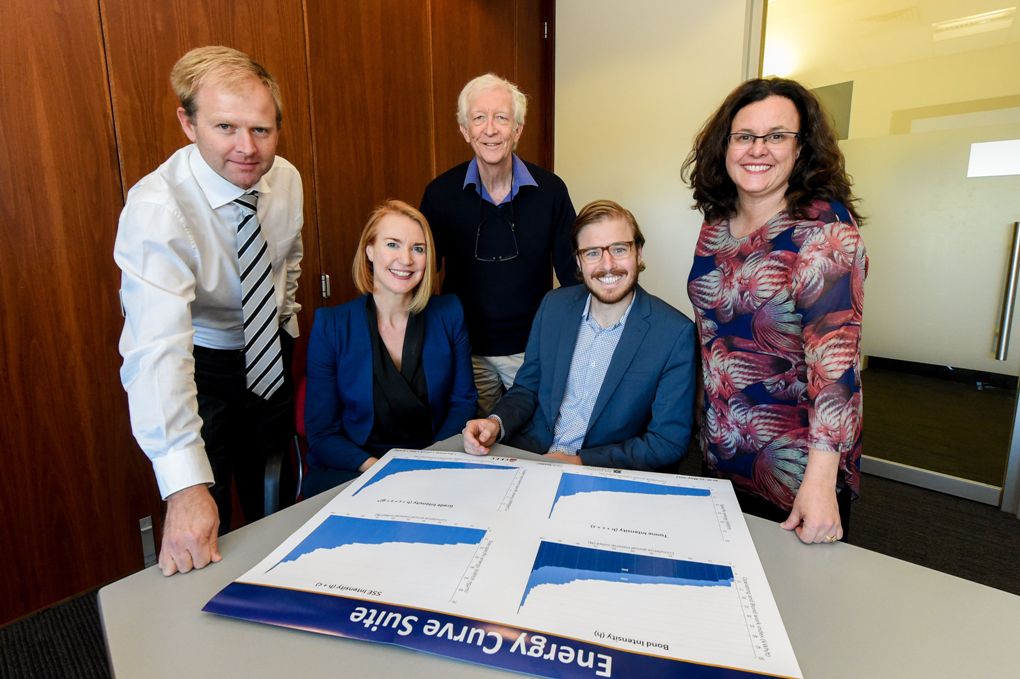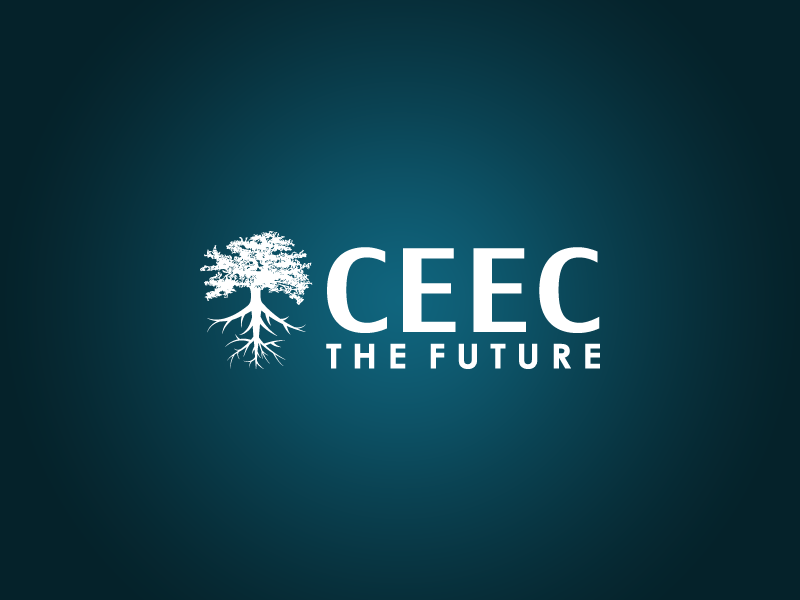
Mining and METS companies are being empowered to drive more sustainable mining practices via a new $469,000, three-year energy-efficiency project targeting the global mining industry.
The CEEC Advanced Energy Curves Project is being funded through a partnership between the Queensland Government; METS Ignited, an Australian Government Industry Growth Centre; and the Coalition for Energy Efficient Comminution (CEEC) International Ltd.
CEEC CEO Alison Keogh said this one-off injection of funds would boost CEEC’s capacity to deliver 10 practical enhancements to its suite of free energy curve tools and extend these enhancements into mining equipment, technology and services (METS) companies.
“The energy curves, which are hosted on the CEEC website, enable mining companies to benchmark their energy performance against similar operations worldwide and to strive for best practice. The mines are able to contribute anonymously to the database on which the tools are based. The energy intensity of each mine is presented in a graphical form, similar to a cost curve; hence, the name,” she said.
“The focus is on comminution circuits, to help mines find the most energy-efficient combination of steps to break up rocks and release the target minerals or metals. Comminution accounts for around 3% of the world’s annual electrical energy consumption and up to 50% of a mine’s operating costs.
“CEEC’s energy curves are helping mining operations to deliver on their sustainable development targets, particularly in relation to energy, water and carbon footprint.”
Dr Grant Ballantyne, Senior Research Fellow at the Julius Kruttschnitt Mineral Research Centre (JKMRC) within The University of Queensland’s Sustainable Minerals Institute (SMI), developed the existing tools and will lead the energy curves enhancement work.
Director of SMI, Professor Neville Plint, said the funding agreement would enable some of the world’s leading comminution experts, who were based at SMI, to continue their important work.
“Through previous work our researchers configured the energy curves to rank relative energy intensity of mines, taking into account the effect of ore hardness, circuit efficiency, grind size and feed grade. As part of the CEEC Advanced Energy Curves Project, the researchers will expand these parameters to include ancillary energy, embodied energy, energy cost, blasting impact, comminution circuit type, global hardness measures, the calibration of fine grinding, liberation and recovery, and the variance in distributions between different commodities,” he said.
“This will provide the opportunity for mines to confidentially benchmark their performance within their business and the industry.”
Alison said the energy curve enhancement tools would be available globally.
“We are excited to be able to offer these new tools free of charge via the CEEC website, so that they are accessible to our colleagues in remote locations. The tools will be delivered in four stages over the next 18 months and we will keep you up-to-date as they are released, along with the accompanying case studies,” she said.
In parallel to this research, a series of workshops will be rolled out across Australia to assist mining and METS companies apply the new tools. Alison said the workshops would give the companies an opportunity to connect and collaborate, assess new technologies, share successful case studies, and learn how to improve their energy footprint.
“We kicked off the first workshop in Melbourne in October 2017, and we were pleased to attract more than 40 participants who told us they found the workshops engaging, collaborative and strategic, and that the keynote speakers were motivating. They also told us they had identified practical improvements from the workshop that they could apply on site,” she said.
“For METS companies, the workshops will provide the background they need to target their energy reduction technologies and services to mining operations in Australia and internationally, potentially boosting jobs and regional opportunities.”
Further workshops will be delivered in Brisbane and regional Queensland in 2018, and in New South Wales and Western Australia in 2019.
Alison said these Australian events complemented CEEC’s existing series of global workshops.
“We will now be able to share new case studies and applications from Australian miners and METS companies through our global workshops.”
Alison said the total value of the CEEC Advanced Energy Curves Project funding agreement was $469,083.85. She said it comprised $200,057.85 from Queensland Government for enhancements to the energy curves, $94,513 from METS Ignited to roll out the workshops around Australia and for other communication initiatives, $40,000 from Queensland Government for the Queensland workshops, and a $134,513 co-contribution from the mining industry via CEEC.
PHOTO (ABOVE): Members of the CEEC Advanced Energy Curves Project team (L to R): Director of SMI, Professor Neville Plint; CEEC CEO Ms Alison Keogh (seated); Emeritus Professor of SMI-JKMRC, Tim Napier-Munn; Project leader Dr Grant Ballantyne (seated); Director of SMI Production Centres, Professor Alice Clark.
